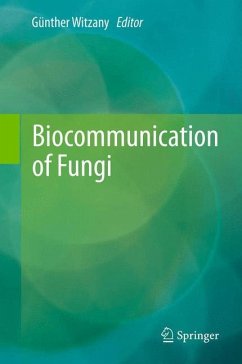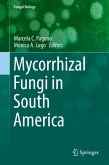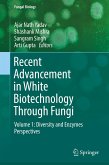Fungi are sessile, highly sensitive organisms that actively compete for environmental resources both above and below the ground. They assess their surroundings, estimate how much energy they need for particular goals, and then realise the optimum variant. They take measures to control certain environmental resources. They perceive themselves and can distinguish between 'self' and 'non-self'. They process and evaluate information and then modify their behaviour accordingly.These highly diverse competences show us that this is possible owing to sign(aling)-mediated communication processes within fungal cells (intraorganismic), between the same, related and different fungal species (interorganismic), and between fungi and non-fungal organisms (transorganismic). Intraorganismic communication involves sign-mediated interactions within cells (intracellular) and between cells (intercellular). This is crucial in coordinating growth and development, shape and dynamics. Such communication mustfunction both on the local level and between widely separated mycelium parts. This allows fungi to coordinate appropriate response behaviors in a differentiated manner to their current developmental status and physiological influences.
From the book reviews:
"This book provides information about the various patterns of communications. ... This book further serves as a learning tool for research aspects in biocommunication in fungi. It will guide scientists in further investigations on fungal behavior, how they mediate signaling processes between themselves and the environment. Should be available in all research laboratories dealing with mycology, community and university libraries." (Anupama Daranagama and Kevin D. Hyde, Fungal Diversity, December, 2014)
"This book provides information about the various patterns of communications. ... This book further serves as a learning tool for research aspects in biocommunication in fungi. It will guide scientists in further investigations on fungal behavior, how they mediate signaling processes between themselves and the environment. Should be available in all research laboratories dealing with mycology, community and university libraries." (Anupama Daranagama and Kevin D. Hyde, Fungal Diversity, December, 2014)








